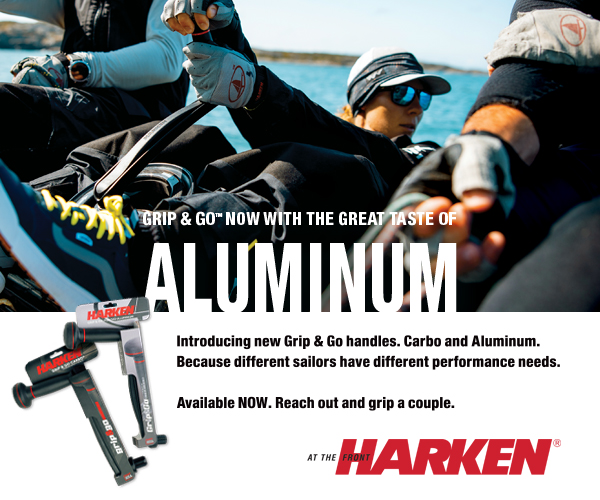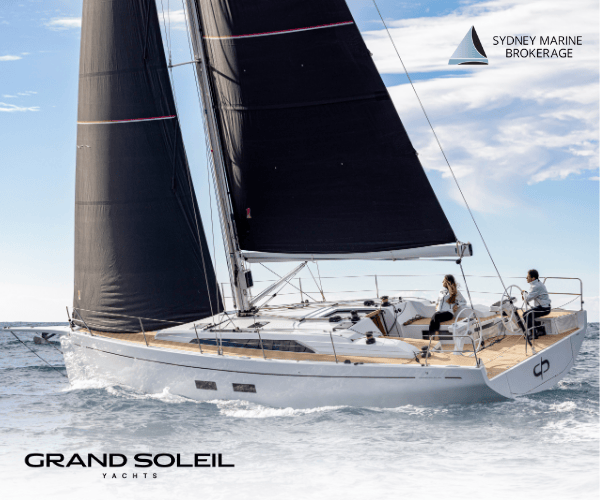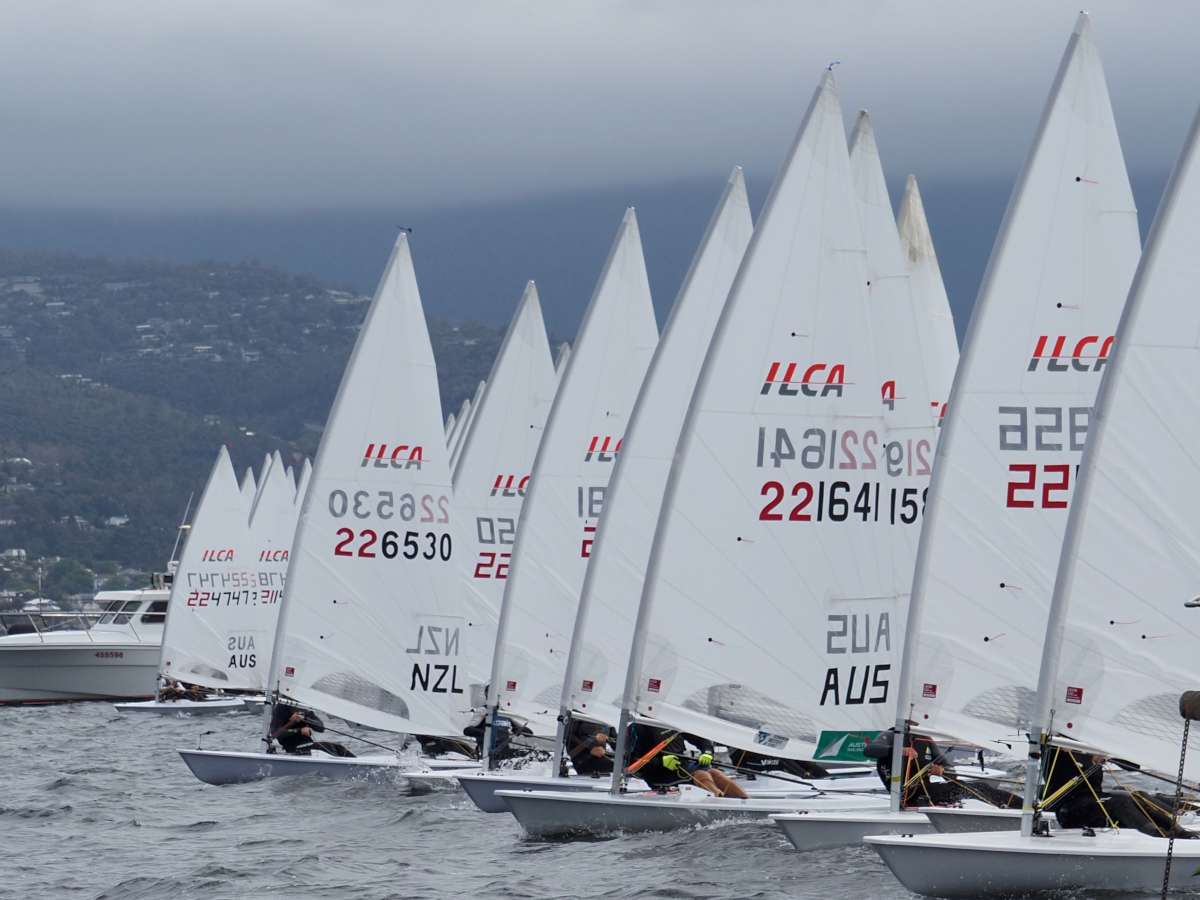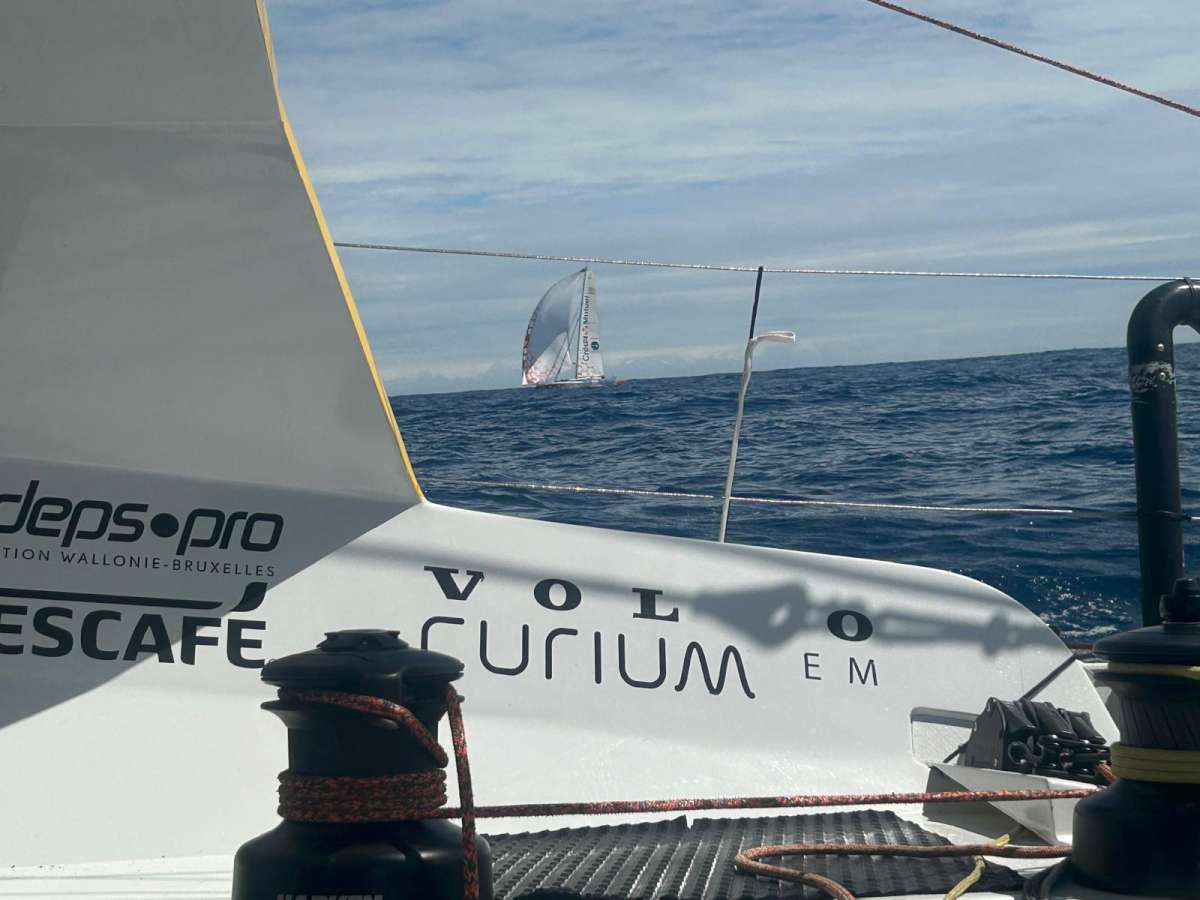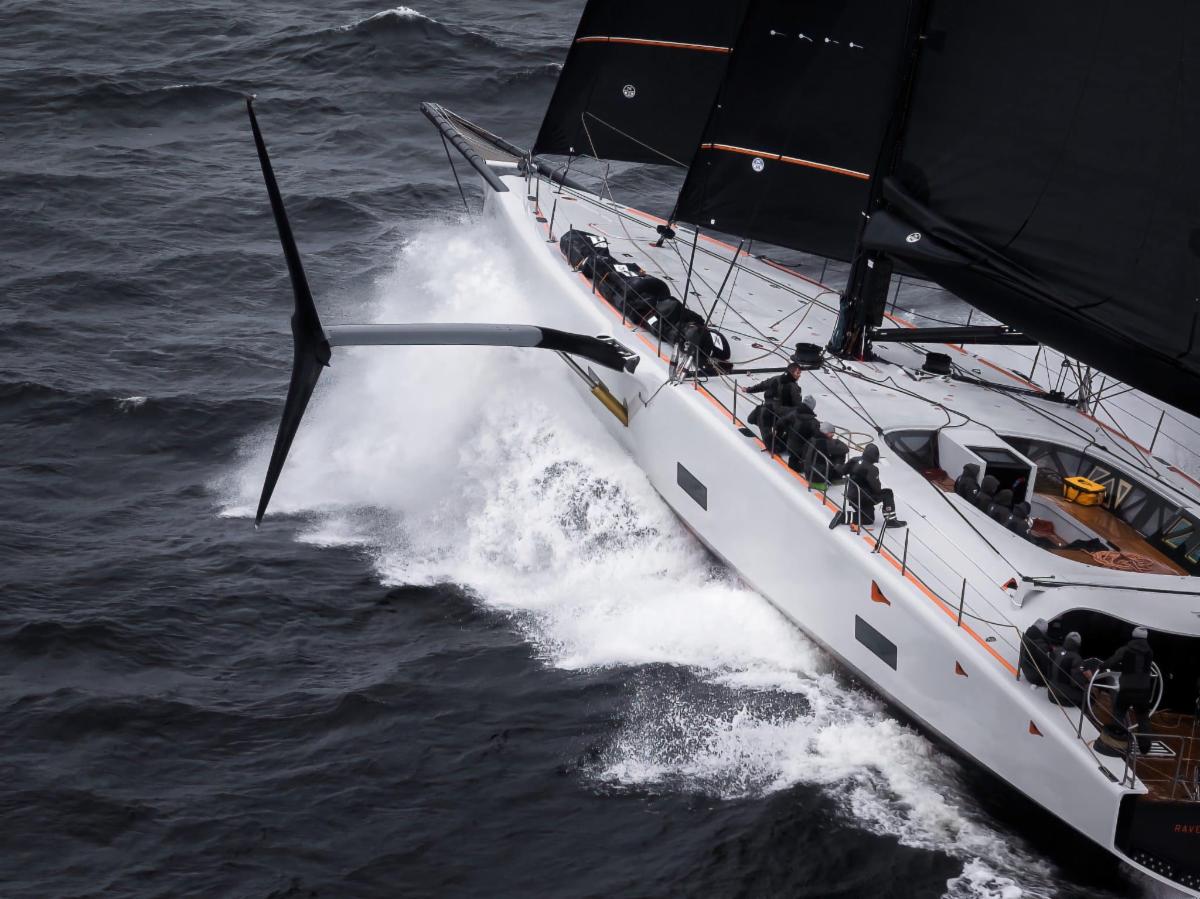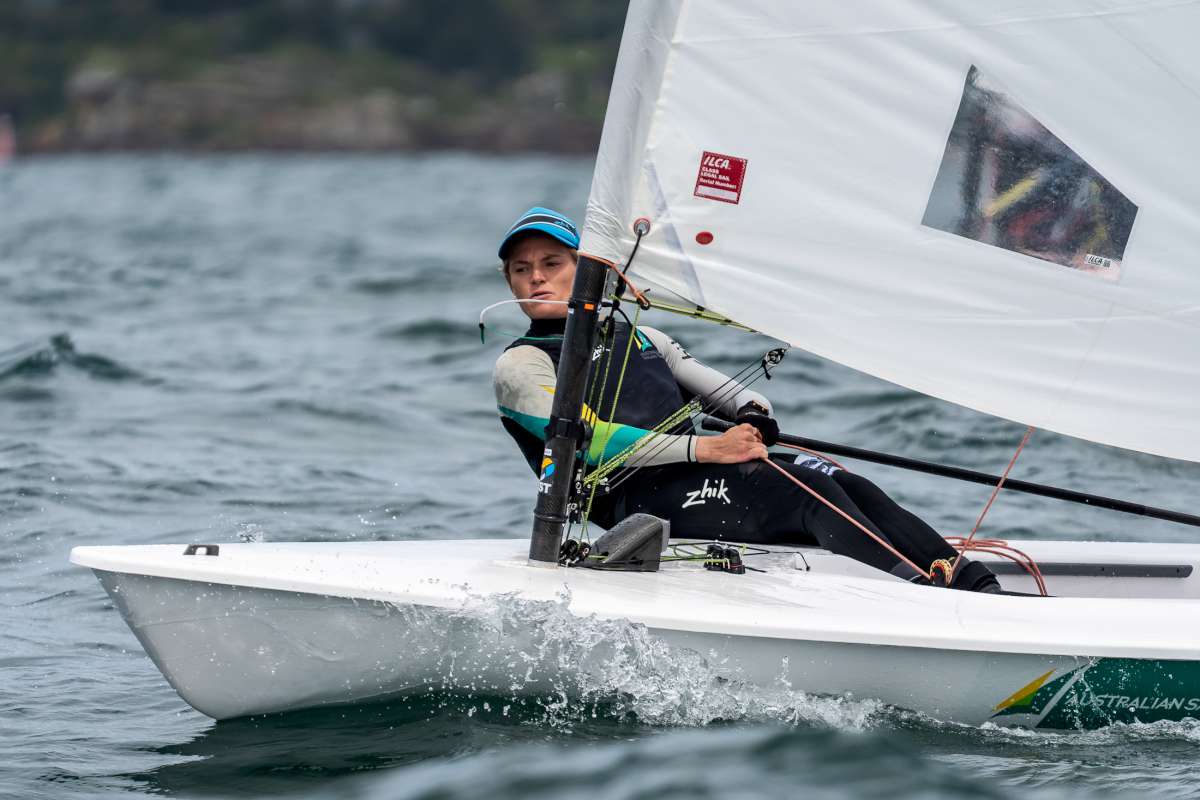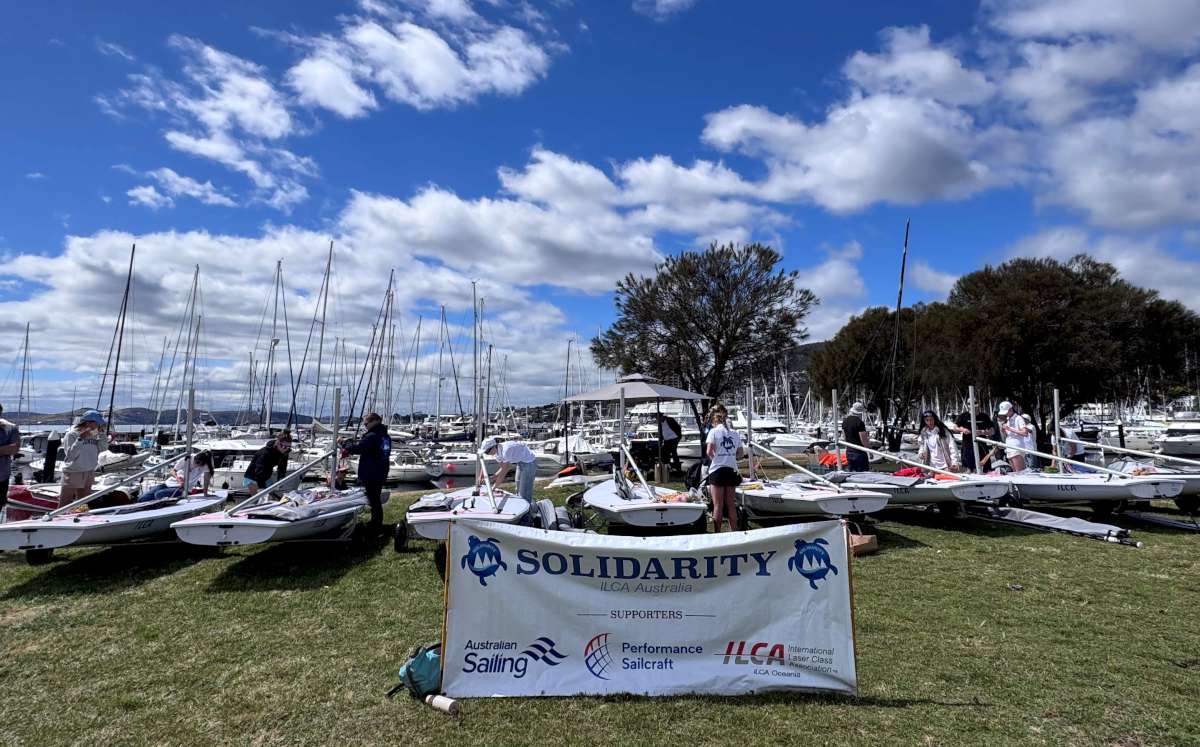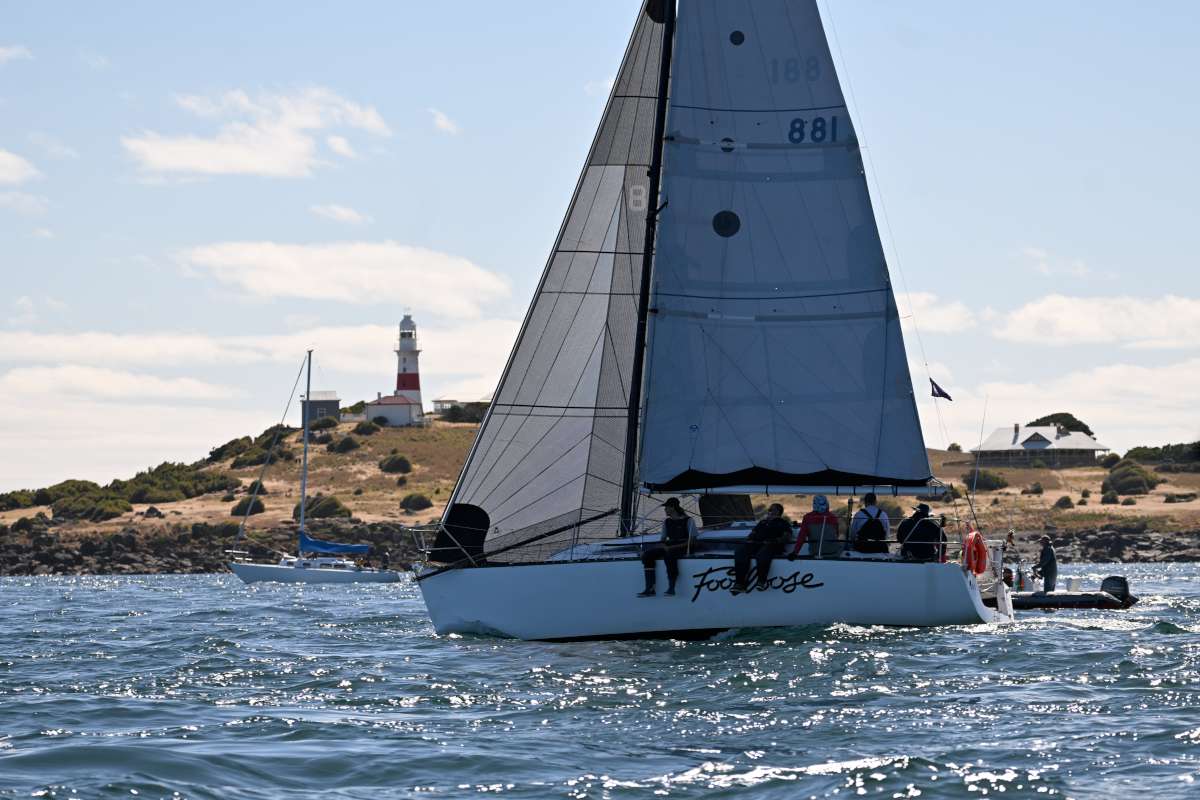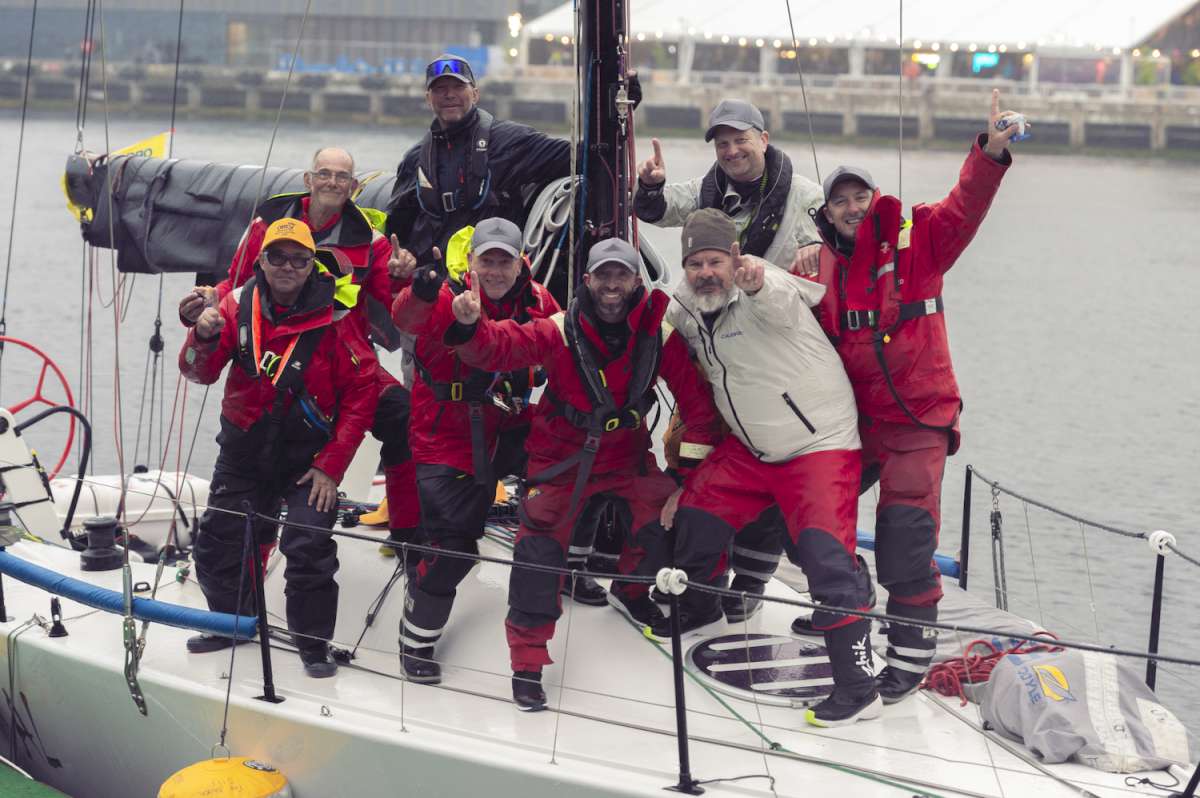The Sabre class is re-evaluating its current sail plan to ensure the class continues to withstand the test of time. After publishing its initial findings on the evaluation, the Sabre Sailing Association of Australia (SSAA) will now oversee the build of prototype sails for further testing to determine whether a change should be recommended.
The process of developing a new sail for the class began last year and aims to ensure the product is efficient, modern and durable, while also being appealing to new sailors – with the option of retaining the current sail plan also on the table.
It has been something the class has looked at carefully, including in-depth discussions with sailmakers and sailors, and the formation of a three-person Sail Evaluation Team (SET).
While the exact design, look and feel of new prototype sails are still to be finalised, SSAA said the overall goal of the process was to ensure a sustainable and appealing product going forward, while maintaining the core values of the Sabre class.
The process was hastened by the recent introduction of the alternative Shark sail in Western Australia, a square-top mainsail that fits the Sabre hull and rig, which has sparked significant discussion in the class.
In an email distributed to Sabre members earlier this year, the SSAA committee said sailing trials began in October 2019 in South Australia and Victoria, concentrating on evaluating the current Sabre sail against the Shark sail.
The email described the class as being “the largest non-Olympic single-handed class in Australia” and one that focused on inclusion, fellowship and friendship – values the class crucially wanted to retain while moving through this process.
“Although the Sabre hull and rigging has been refined with the advent of new materials and experience, the sail has remained basically the same outline, size and brand identification,” it reads. “Whatever the outcome, we do not intend to materially disadvantage our current Sabre sailors.”
The SET determined if a new design to the Sabre sail was to be undertaken, it should:
- create a more efficient sail, catering for the same range of sailor attributes.
- enable a Sabre to perform well with current crew attributes (weight/strength/age) in both flat water and Port Phillip Bay/St Vincent Gulf conditions.
- promote a more modern appearance and reflect the same Sabre style after considerable feedback regarding the striking appearance of Sabre fleets.
- be durable and no more expensive than the current sail.
- be produced with varying fullness and shapes to suit different sailing conditions, crew weights and experience, as is the case with the current Sabre sail.
- provide for a smaller sail size if required.
- have a phase-in period that minimises any disadvantage to occasional sailors.
After the first round of sailing trials, the SET determined some initial findings when comparing the Sabre and Shark sails.
“Based on recent comparative sailing trials between these sails in differing wind, wave and crew weight conditions on Port Phillip Bay, we see the Shark sail being effective up to about 15 knots both up and down wind,” it reads. “It provides a more lively performance and feel including an enhanced ability to catch and retain waves on reaches and runs.”
But the class also found that comparative upwind performance of the Shark sail would fall off as the wind hit above 15 knots, not matching the performance of the Sabre sail, especially for the less experienced sailors.
There were also concerns around the visibility of the more translucent sail being difficult to see in situations requiring rescue, and the full-batten Shark sail making for a more unstable boat when launching and retrieving – something to consider when appealing to less experienced sailors.
Two new prototype sails with differing sail plans will now be developed in dacron material and built by current Sabre sailmakers to allow for further testing.
“This is an exciting project; a great opportunity to bring Sabre sailors together, to gain publicity for the class, to contribute to Sabres’ 45 years of history and to ensure that it continues to move with the times,” the email reads.
To read the full communication from SSAA, head to www.sabre.org.au
– Harry Fisher

